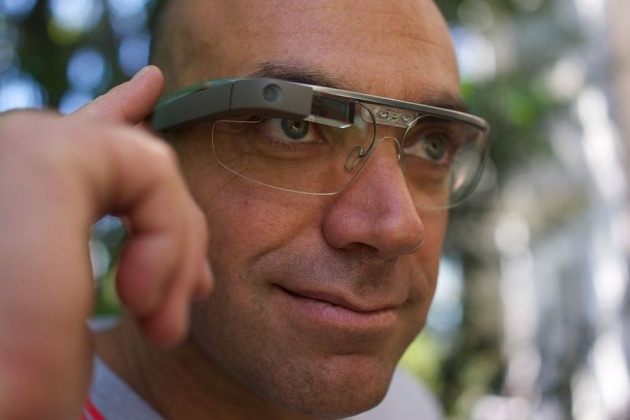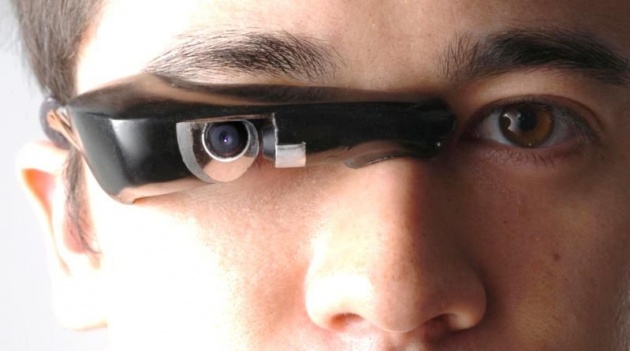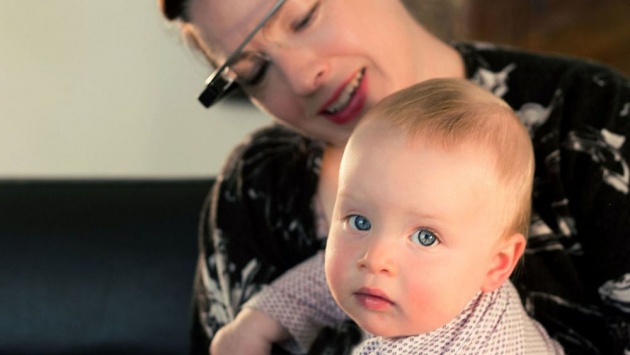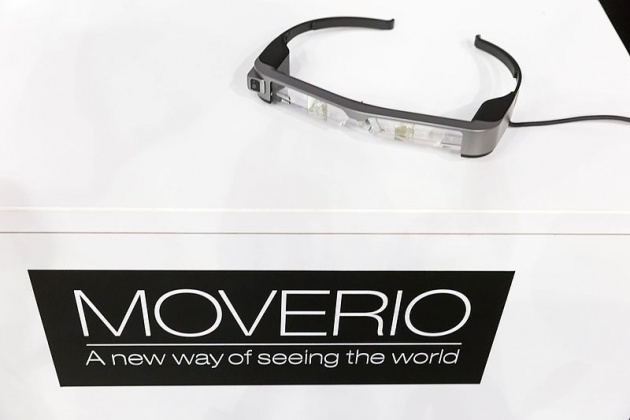Smartglasses or smart glasses or Digital Eye Glass or Personal Imaging System are a wearable computer that adds information to what the wearer sees. Typically this is achieved through an optical head-mounted display (OHMD) or computerized internet-connected glasses with transparent heads-up display (HUD) or augmented reality (AR) overlay that has the capability of reflecting projected digital images as well as allowing the user to see through it, or see better with it. While early models can perform basic tasks, such as just serve as a front end display for a remote system, as in the case of smartglasses utilizing cellular technology or Wi-Fi, modern smart glasses are effectively wearable computers which can run self-contained mobile apps. Some are handsfree that can communicate with the Internet via natural language voice commands, while other use touch

Like other computers, smartglasses may collect information from internal or external sensors. It may control, or retrieve data from, other instruments or computers. It may support wireless technologies like Bluetooth, Wi-Fi, and GPS. While a smaller number of models run a mobile operating system and function as portable media players to send audio and video files to the user via a Bluetooth or WiFi headset. Some smartglasses models, also feature full lifelogging and activity tracker capability.
As with other lifelogging and activity tracking devices, the GPS tracking unit and digital camera of some smartglasses can be used to record historical data. For example, after the completion of a workout, data can be uploaded onto a computer or online to create a log of exercise activities for analysis. Some smart watches can serve as full GPS navigation devices, displaying maps and current coordinates. Users can "mark" their current location and then edit the entry's name and coordinates, which enables navigation to those new coordinates

Although some smartglasses models manufactured in the 21st century are completely functional as standalone products, most manufacturers recommend or even require that consumers purchase mobile phone handsets that run the same operating system so that the two devices can be synchronized for additional and enhanced functionality. The smartglasses can work as an extension, for head-up display (HUD) or remote control of the phone and alert the user to communication data such as calls, SMS messages, emails, and calendar invites
Healthcare applications
Several proof of concepts for Google Glasses have been proposed in healthcare. In July 2013, Lucien Engelen started research on the usability and impact of Google Glass in health care. As of August 2013, Engelen, who is based at Singularity University and in Europe at Radboud University Medical Center, is the first healthcare professional in Europe to participate in the Glass Explorer program. His research on Google Glass (starting August 9, 2013) was conducted in operating rooms, ambulances, a trauma helicopter, general practice, and home care as well as the use in public transportation for visually or physically impaired. His research consisted of taking pictures, streaming videos to other locations, dictating operative log, and tele-consultation through Hangout. Engelen documented his findings in blogs, videos, pictures, on Twitter, and on Google+. and is still ongoing.

In Australia, during January 2014, Melbourne tech startup Small World Social collaborated with the Australian Breastfeeding Association to create the first hands-free breastfeeding Google Glass application for new mothers. The application, named Google Glass Breastfeeding app trial, allows mothers to nurse their baby while viewing instructions about common breastfeeding issues (latching on, posture etc.) or call a lactation consultant via a secure Google Hangout, who can view the issue through the mother's Google Glass camera. The trial was successfully concluded in Melbourne in April 2014, and 100% of participants were breastfeeding confidently. Small World Social Breasfteeding Support Project
Display type

if u like this buzz,subscribe thkxx for read



